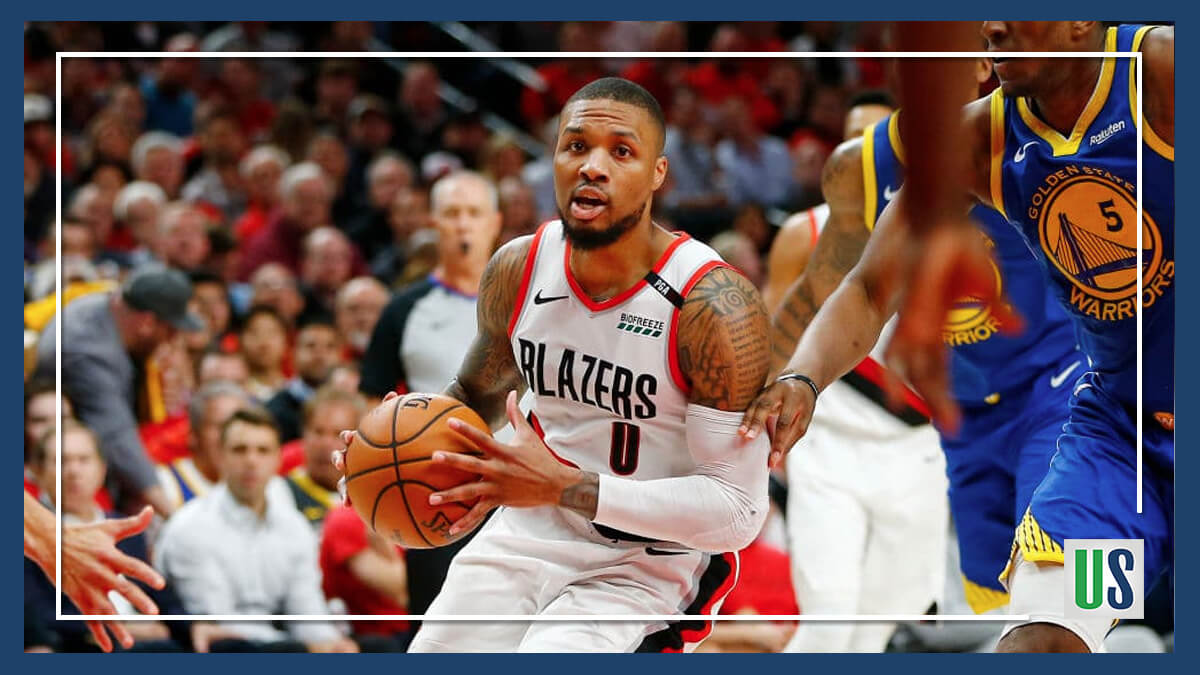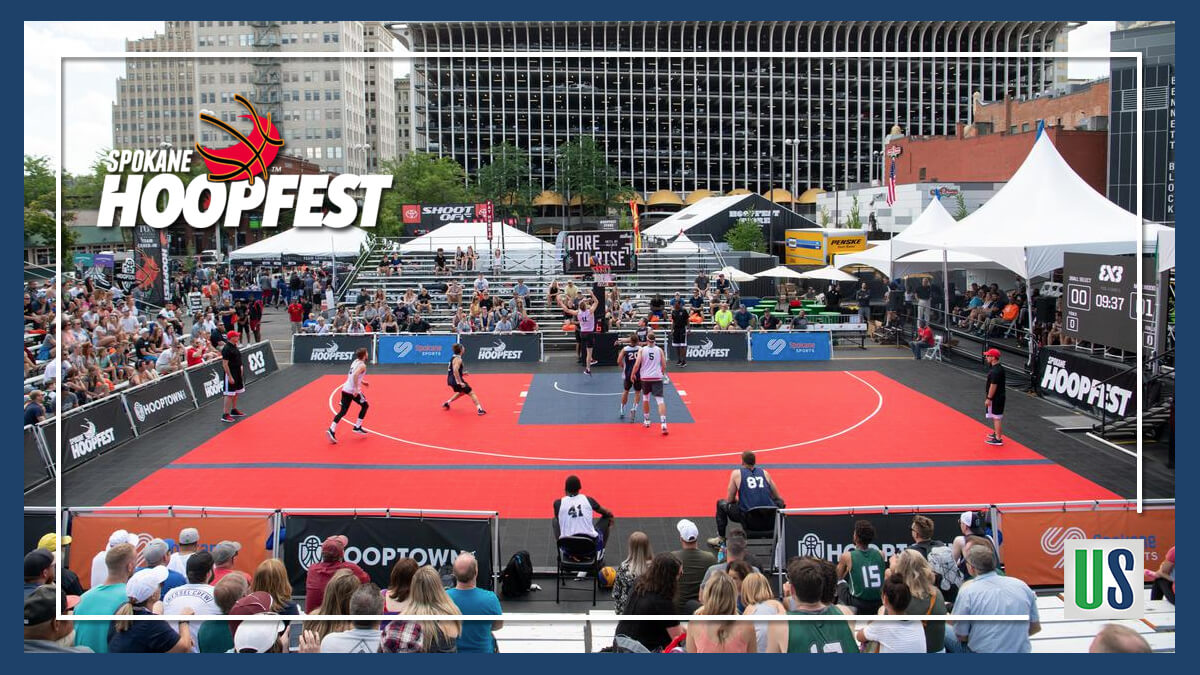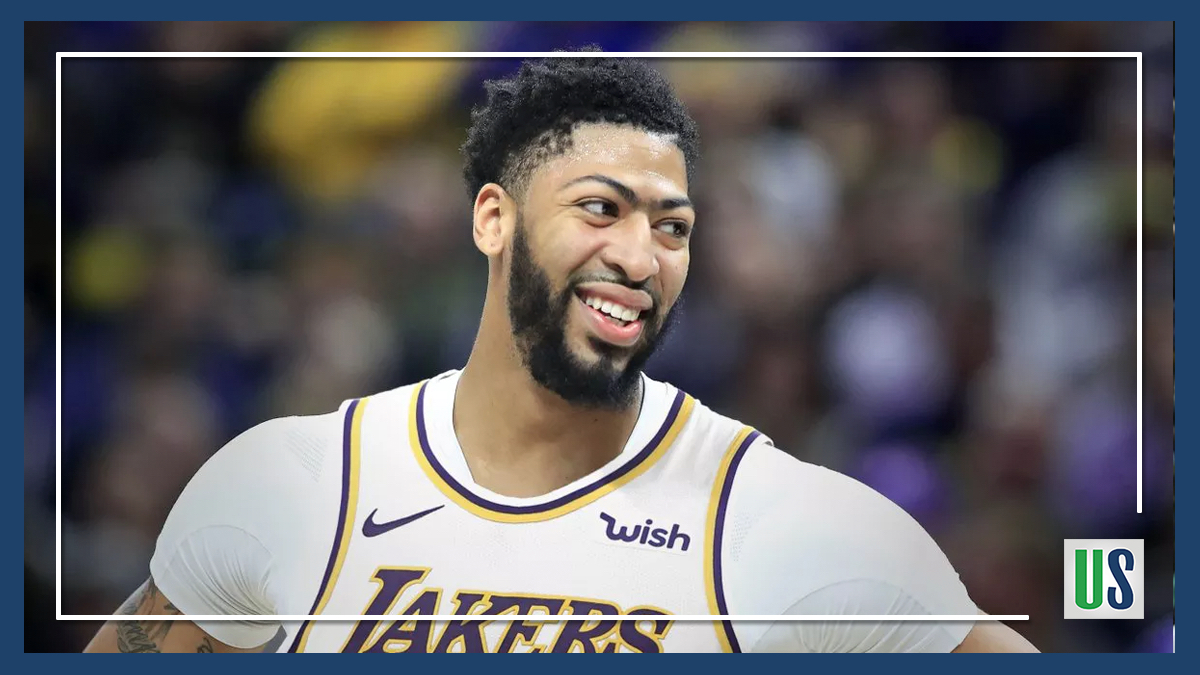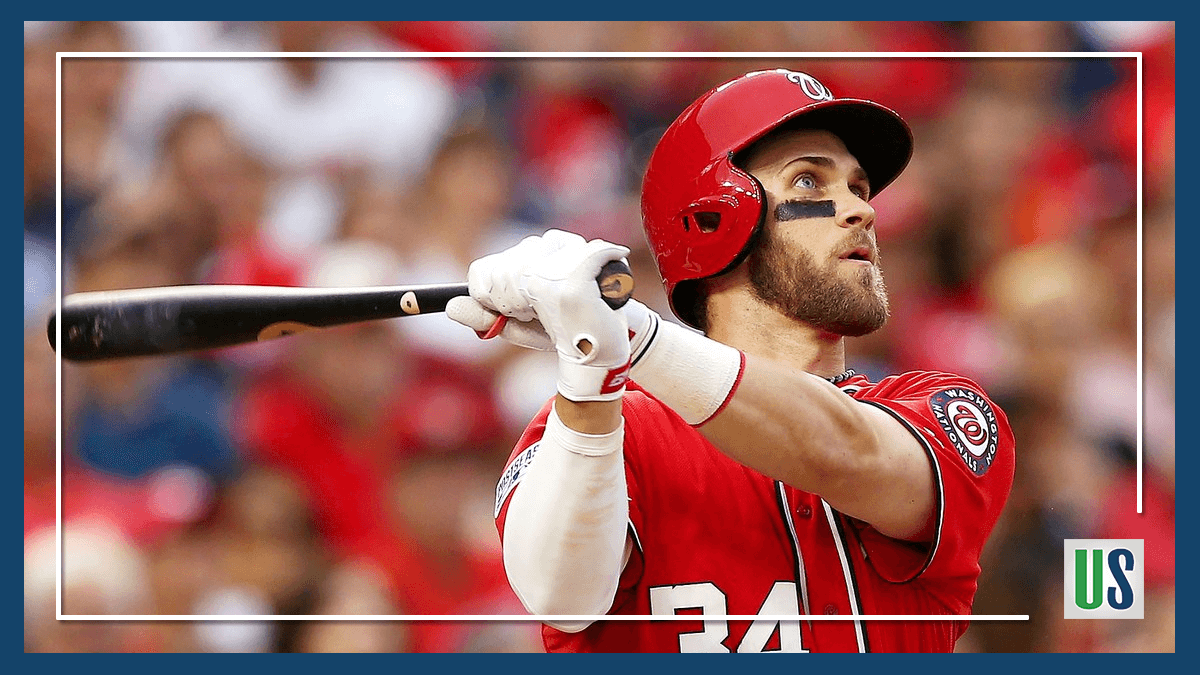Most of the attention in the western conference during this absolutely insane NBA offseason has gone to the California teams – the Lakers adding Anthony Davis and striking out elsewhere, the Warriors losing Kevin Durant, Andre Iguodala and DeMarcus Cousins and of course the Clippers forming a superteam of their own with Paul George and Kawhi Leonard. However, rather quietly, the Portland Trail Blazers – who I remind you are fresh off an appearance in the Western Conference Finals – have retooled their team and are ready to make another deep run in the playoffs.
Last year’s run was aided by two extremely beneficial mid-season acquisitions, center Enes Kanter and wing Rodney Hood. Both were role players who ended up playing significant minutes during the playoffs; Kanter thanks to a late-season injury to starter Jusuf Nurkic and Hood simply because he showed up and filled the role of athletic scorer off the bench – something Portland was desperately missing for most of the season.
However, Portland didn’t want to wait until midseason to re-shape their roster again. After proclaiming that there would not be any fireworks at the start of free agency, Blazers general manager Neil Olshey oversaw seven players depart via free agency or trade, and brought in five new players. So much for no fireworks.
Analyzing Portland’s Moves
Portland’s biggest acquisition, in importance and size, is former Heat center Hassan Whiteside. Acquired in a trade that sent Meyers Leonard to Miami and Moe Harkless to the Clippers, Whiteside will be a one-year stopgap while Nurkic recovers. Sure, Whiteside has had his issues with attitude and effort, but in a contract year and with Damian Lillard’s no-nonsense approach to leadership, Whiteside has the opportunity to really thrive in this environment.
The trade clears out two expiring contracts in Leonard and Harkless, and frees up third-year Zach Collins to start at the power forward spot now that both Harkless and Al-Farouq Aminu, who signed with the Magic, are gone.
The team also dealt backup guard Evan Turner to Atlanta for wing Kent Bazemore, a move that saw two massive contracts exchange hands. Bazemore gives Portland an experienced outside shooter and defensive player, effectively replacing Aminu and Seth Curry, who signed with Dallas, in one player.
As if that wasn’t enough, the Blazers also brought in backup power forward Anthony Tolliver and wing Mario Hezonja, two veteran bench players who are capable of scoring in droves.
Projecting The Portland Trail Blazers’ Lineup
A projected starting five of Whiteside, Collins, Hood, McCollum and Lillard doesn’t look much better than last year’s squad – if at all – but a backup unit that includes Tolliver, Hezonja, Bazemore, Anfernee Simons and rookie Nassir Little – who many believe will be the steal of the draft – should do a lot of damage in a suddenly wide-open Western Conference.
That’s not even included Nurkic, who gives this team a huge boost with his projected return in February.
California’s three teams may be getting all of the attention, but it could be the other west coast team that finds itself in the NBA Finals next season.





